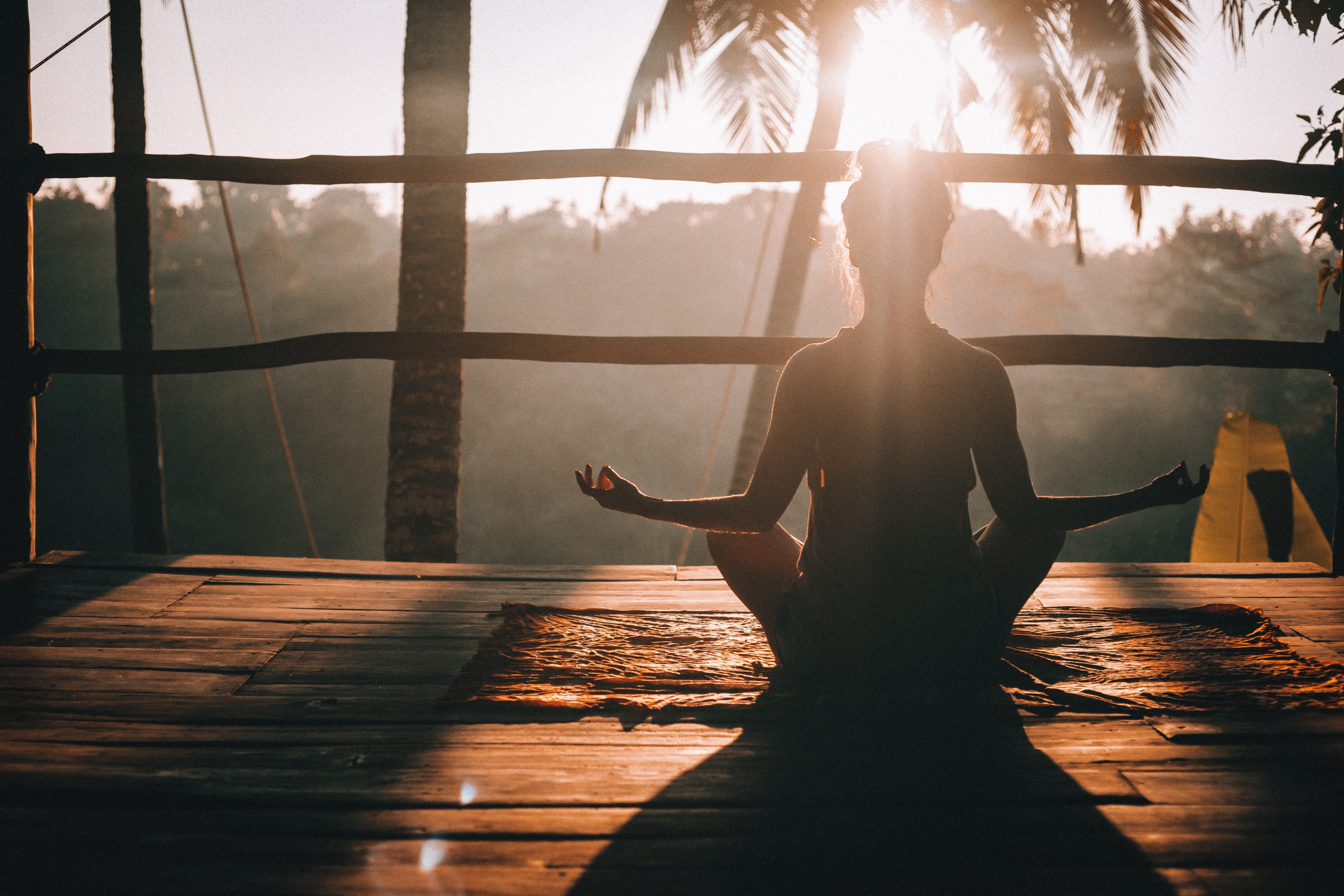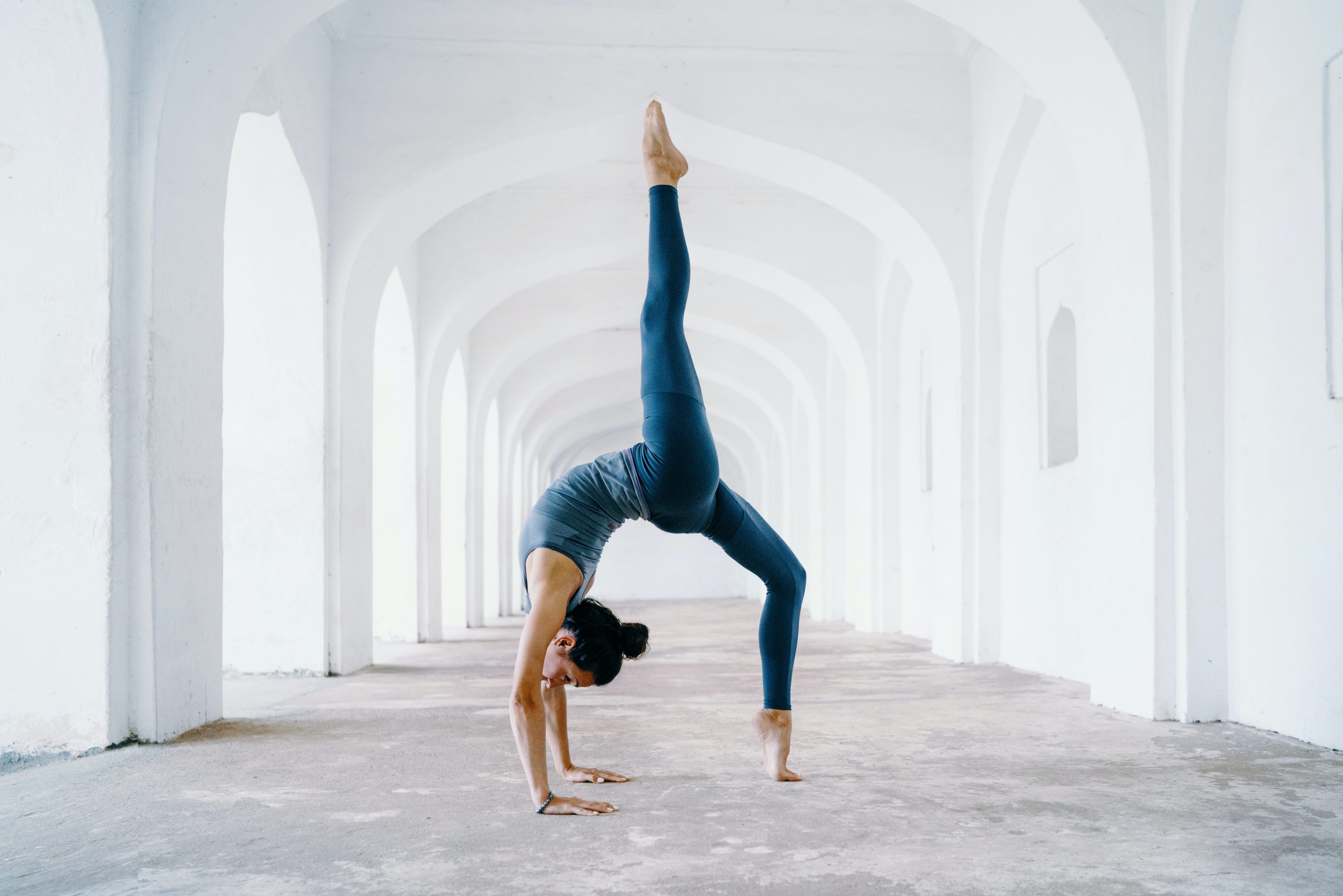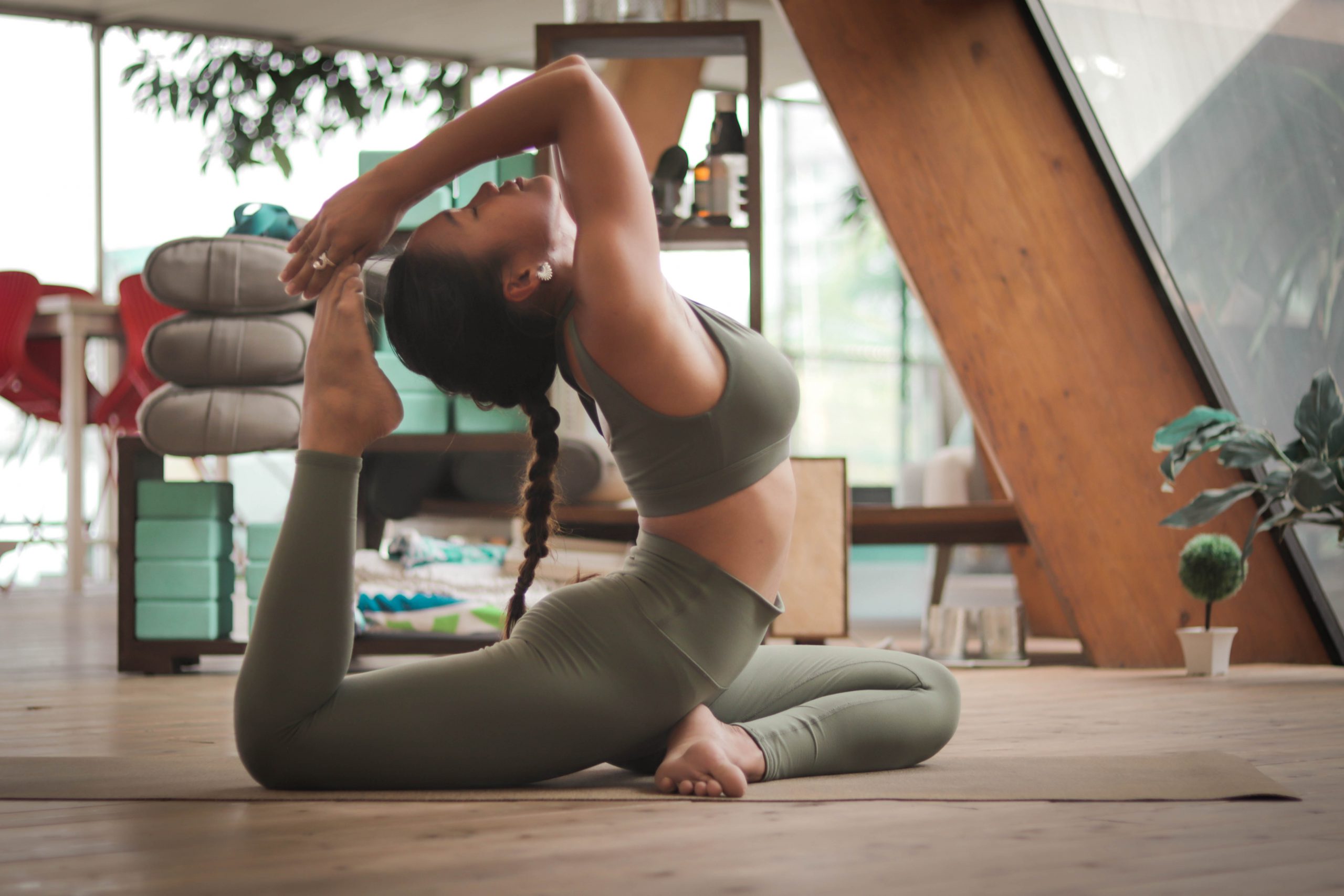
Nội dung bài viết / Table of Contents
Yoga is an ancient practice of exercise that focuses on strength, breathing, meditation, and flexibility. It originated from India and dated back to 5000 years ago, and has been practiced all around the world. Yoga is acknowledged to have immense benefits for your body; not only for your physical health, but also your spiritual and mental wellness.
In recent years, yoga has gained massive popularity. Especially during the lockdown period due to the pandemic, yoga has become the workout of choice for numerous fitness fans staying at home.

Credit: Jared Rice on Unsplash
This article takes a look at yoga’s significant benefits and explains why you should start trying them —if you haven’t already!
If yoga poses are done correctly and regularly over time, our tendons, ligaments as well as muscles elongate, which correspondingly build up elasticity and improve your overall posture. if done correctly and regularly, this would ultimately improve your flexibility and your overall posture.
In addition, yoga is known for its ability to help with your balance. At first, you might not be able to hold a pose for very long. But by practicing just 15–30 minutes everyday, your body will be able to adapt and to be better at it.
Through practices of meditation and breathing exercises, yoga helps us to be more mindful and aware of our senses and surroundings: what we feel, taste, see, hear, and what’s going on around us.
Mindfulness teaches us to focus on the present without judgement to ourselves. Experts state that mindfulness also goes far beyond the yoga classes and reaches into many other parts of life.
One example of that is mindfulness in our eating habits. As a human, there might have been moments we disregard our fullness or even hunger cues. Mindfulness could lead to better eating habits because we are more “in tune” and aware of what our body is trying to tell us. It is also believed that mindfulness in eating could also result in heightened sense of food flavors, texture, and aroma.

Credit: Oksana Taran on Unsplash
Slow movements and deep respiration in yoga positions boost your blood flow and strengthen your muscles in the process. As you practice more and incorporate yoga into your routines, you will be trained to have more endurance and improve your overall fitness. Experts believe that yoga could improve your cardiovascular health and lower your blood pressure in the long run, since many of the poses (especially in Ashtanga yoga) also encourage your body to up the heart rate.
Yoga bolsters the development of a stronger mind and sense of inner awareness. Yoga classes usually advocate paying attention to yourself, rather than letting your mind get distracted by other people’s movements. By focusing inward, you are able to feel more content, thankful, and satisfied with your body. Furthermore, it aids with your journey to self love as well, since looking inward enables you to notice that your body is capable of amazing things regardless of how you look on the outside. Yoga is also believed to help brighten your mood and increase mental energy, due to the boost in alertness.

Credit: Carl Barcelo on Unsplash
Yoga is well-demonstrated to foster relaxation. Studies show that yoga is a powerful aid that could reduce stress and relieve anxiety. Additionally, having a bedtime yoga routine can help you achieve a better sleep you deserve after a long day. The movements do not have to be complicated: try poses you feel comfortable with, focus on your thoughts, and don’t let your muscles feel tight. The best yoga styles before bedtime are hatha yoga (body position focused) and nidra yoga (breathing & restorative pose focused).
Firstly, yoga doesn’t require many gears to start off (just you and your yoga mat!), making it relatively accessible to anyone who has limited access to equipped gyms.
Moverover, instead of focusing on fast movements like intense HIIT exercises, most yoga motions focus on slow movements and deep breathing. As a result, for older adults and those with medical conditions like back pain or arthritis symptoms, yoga is often considered as a safer means of exercise. It is especially beneficial for seniors, since yoga promotes balance and better posture with minimal risk of injury, as long as it is done correctly. Yoga for seniors could also reduce the fear of falling, improve mobility, and all in all enhance the quality of life.
There is also a healing practice called “yoga therapy” that could potentially help with physical health issues many older adults are experiencing. Some seniors with mobility issues can also do yoga while seated on a chair, since not all people are able to hold a pose or go through the motions very long. Seated yoga still has a beneficial effect on posture and flexibility to some extent.
Cole, R. (2007, August 28). Is It Safe to Do Inversions with High Blood Pressure?: Yoga FAQs. Yoga Journal. https://www.yogajournal.com/practice/high-blood-pressure-and-inversions/.
Costello, N. (2013, November 15). The Challenge of Corpse Pose (Savasana). Yoga Journal. https://www.yogajournal.com/practice/beginners/corpse-pose/.
Galantino, M. L., Green, L., Decesari, J. A., Mackain, N. A., Rinaldi, S. M., Stevens, M. E., Wurst, V. R., Marsico, R., Nell, M., & Mao, J. J. (2012, July). Safety and feasibility of modified chair-yoga on functional outcome among elderly at risk for falls. International journal of yoga. https://www.ncbi.nlm.nih.gov/pmc/articles/PMC3410195/.
Harvard Health. (2015, February 18). Yoga – Benefits Beyond the Mat. Harvard Health. https://www.health.harvard.edu/staying-healthy/yoga-benefits-beyond-the-mat.
John Hopkins Medicine. (n.d.). Yoga for Sleep. Johns Hopkins Medicine. https://www.hopkinsmedicine.org/health/wellness-and-prevention/yoga-for-sleep.
Johns Hopkins Medicine. (n.d.). 9 Benefits of Yoga. Johns Hopkins Medicine. https://www.hopkinsmedicine.org/health/wellness-and-prevention/9-benefits-of-yoga.
Link, R. (2017, August 30). 13 Benefits of Yoga That Are Supported by Science. Healthline. https://www.healthline.com/nutrition/13-benefits-of-yoga#TOC_TITLE_HDR_5.
McCall, T. (2007, August 28). 38 Health Benefits of Yoga. Yoga Journal. https://www.yogajournal.com/lifestyle/health/womens-health/count-yoga-38-ways-yoga-keeps-fit/.
Monk-Turner, E., & Turner, C. (2010, July). Does yoga shape body, mind and spiritual health and happiness: Differences between yoga practitioners and college students. International journal of yoga. https://www.ncbi.nlm.nih.gov/pmc/articles/PMC2997232/.
NHS. (2018, June 11). A Guide to Yoga. NHS Choices. https://www.nhs.uk/live-well/exercise/guide-to-yoga/.
Philips. (2015, June 22). Yoga for Seniors: A Therapeutic Practice for Healthy Aging: Philips Lifeline ®. Philips Lifeline. https://www.lifeline.philips.com/resources/blog/2015/06/yoga-for-Seniors.html.
Smith, C., Hancock, H., Blake-Mortimer, J., & Eckert, K. (2007, June). A randomised comparative trial of yoga and relaxation to reduce stress and anxiety. Complementary therapies in medicine. https://pubmed.ncbi.nlm.nih.gov/17544857/.
Wikimedia Foundation. (2021, June 26). Yoga. Wikipedia. https://en.wikipedia.org/wiki/Yoga.